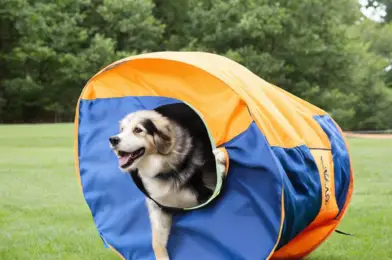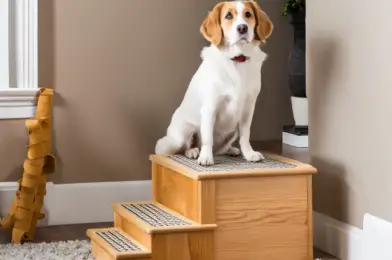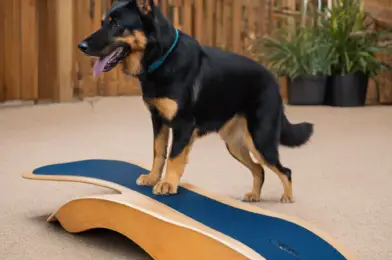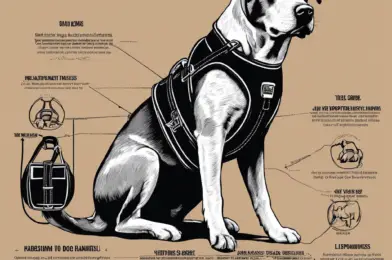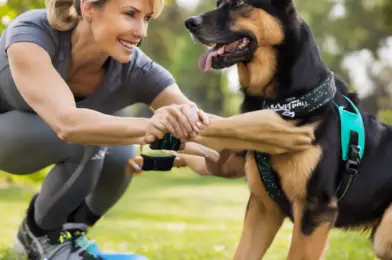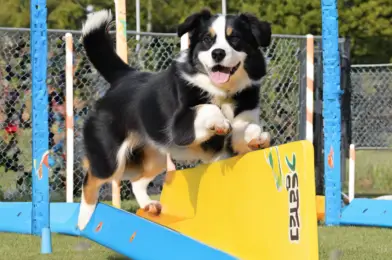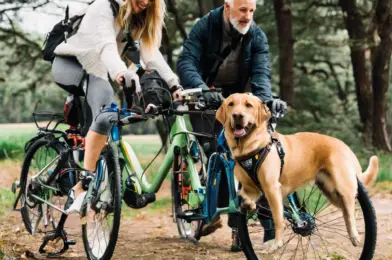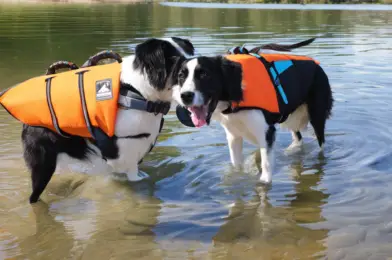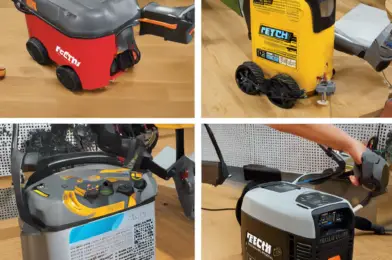Are you ready to take your furry friend’s agility training to the next level? Dog agility chutes are an exciting addition to any agility course, offering a fun challenge for both beginners and advanced canine athletes. But when it comes to choosing the right chute, you might be wondering: fabric or solid tunnel? Let’s explore the options and find the perfect fit for your pup’s agility adventures.
Agility chutes provide a unique obstacle that tests a dog’s focus, speed, and ability to follow commands. The chute consists of a tunnel-like structure that dogs must run through, adding an element of excitement to their training routine. One of the primary considerations when choosing a chute is the material. Fabric chutes have become increasingly popular due to their lightweight and portable design. These chutes are often made from durable, tear-resistant materials, ensuring they can withstand even the most energetic pups. They are perfect for dog owners who want a convenient and easily packable option for training sessions at various locations. The flexibility of fabric chutes makes them a go-to choice for those who prioritize ease of use and transportability.
On the other hand, solid tunnels offer a more rigid and stable structure. Typically constructed from sturdy materials like PVC or metal, these tunnels provide a consistent shape and size. Solid tunnels are ideal for dogs that require a more defined space to navigate. They are excellent for training precision and can help dogs build confidence in a controlled environment. The durability of solid tunnels makes them suitable for long-term use and can withstand various weather conditions, making them a great choice for outdoor agility courses.
Fabric chutes excel in terms of versatility. They often come in different lengths and can be easily connected to create longer tunnels, perfect for more advanced training routines. The flexibility of fabric allows for quick setup and takedown, making them perfect for agility enthusiasts who train in different locations or have limited storage space. Moreover, fabric chutes are generally more affordable, making them an excellent entry point for those new to the agility world.
For dog owners seeking a more permanent addition to their backyard course or a training facility, solid tunnels provide a reliable and long-lasting solution. These tunnels can be customized to meet specific training goals and can even include windows or openings for added challenges. While they may require more substantial storage space, their durability and consistent shape can contribute to a professional-grade agility setup.
Ultimately, the decision between fabric and solid agility chutes depends on your specific needs and preferences. Consider factors like portability, budget, and the level of training you plan to undertake. Fabric chutes are ideal for those seeking convenience and versatility, while solid tunnels offer a more permanent and defined training environment.

